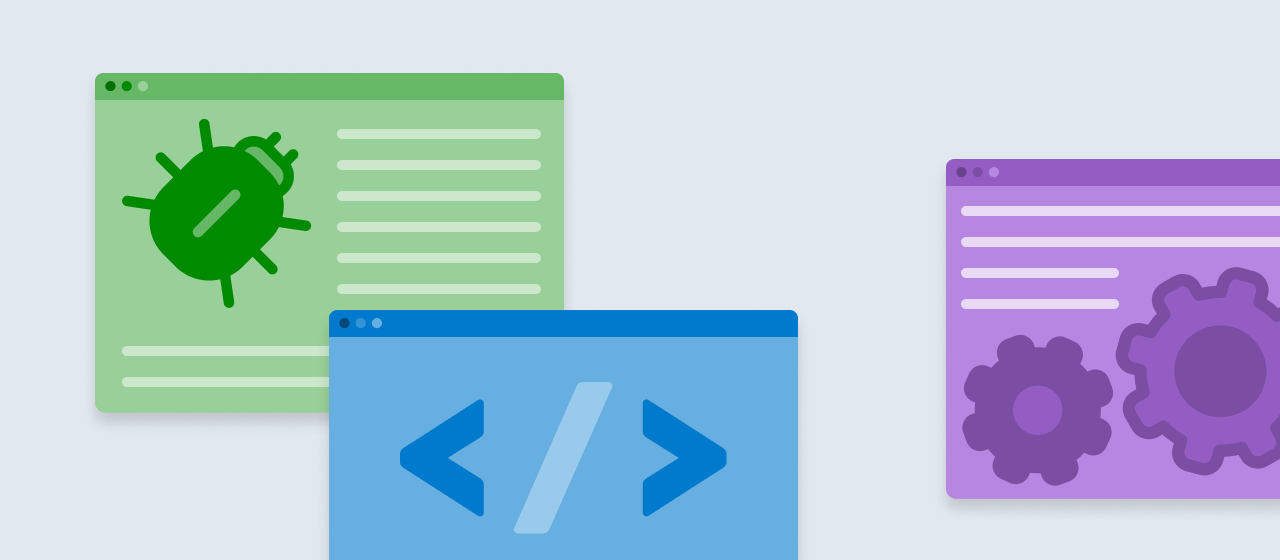A CTO’s guide to a standout software engineer resume

Software engineering is one of the hottest and on-demand fields on the market right now, especially those in the technology and software-as-a-service (SaaS) industry. According to the U.S. Bureau of Labor Statistics, demand for software engineers will go up 22% between 2020 and 2030, higher than the 4% average for other careers. Companies like Google, Amazon, and Meta are always looking for passionate and creative individuals who can potentially create the next Search, AWS, or Facebook.
Software engineering as a career is unique as it is like a trade – a skilled job, typically one requiring specific skills and special training like nursing. Most universities do not offer software engineering majors; they offer computer science majors which focus on the theory, design, and development of software but do not necessarily focus on teaching students how to produce and write full applications. A computer science degree is very useful but not necessarily required to obtain a software engineering job.
To become a software engineer, you need to learn how to program using specific languages and frameworks. Aspiring software engineers can learn via the following:
- Self-learn how to code via books, online courses, and peers
- Attend a coding bootcamp
- Sign up for a software development intensive fellowship program
These options are great for self-starters who love to work at their own pace or for those interested in pivoting in their career to software engineering.
We sat down with Poll Everywhere’s Chief Technology Officer, Matthew Diebolt, to share his advice for junior or early career software engineers on how to make their resume standout in the competitive job market. Additionally, Diebolt will share his recent experience partnering with the software engineering fellowship program Pursuit and how they are helping aspiring engineers achieve their dreams.
How to get the most out of a coding bootcamp, software engineering classes, or a fellowship program like Pursuit
Pursuit is a fellowship program with the mission of creating economic opportunity and transforming lives. They do this by offering a rigorous training program that produces exceptional software engineers. Pursuit provides 3 years of career support and development beyond the first year of training and works directly with companies on jobs and hiring, creating exclusive job opportunities for Fellows (program participants). Their Fellows are representative of the tech industry they want to build: 50% women, 70% Black and/or Latinx, 40% immigrants, and 60% do not have a college degree.
Diebolt had the honor of attending their latest Demo Day – a day for first year Fellows to present their projects to a panel of industry experts and professionals. “The thing that struck me the most from the event was that the projects were very community focused,” says Diebolt. He was impressed that many projects were focused on social good and providing resources or education to the Fellow’s local communities. Creating projects based on a personal passion and tying it to a higher value is a great way to show recruiters that you truly care about your craft and care to make an impact on the world.
For those currently participating in or graduating from a similar program like Pursuit, Diebolt recommends taking full advantage of the community and networking opportunities that these programs offer. Whether that is your fellow participants or professional mentors, do not be afraid to ask for referrals, connections, or any questions. Industry experts like Diebolt are more than willing to review your resume or reach out to their network on your behalf to help secure you a software engineering position.
Best practices for building a stellar software engineering resume
With the popularity of software engineering as a career, it can seem impossible to stand out in a sea of Ivy League graduates, coding prodigies, and working professionals with years of work experience. Here are some of Diebolt’s steps to creating a strong resume:
1. Choose a unique layout and design for your resume
Avoid resume templates that follow a really common format. It is very easy for a recruiter to skim over one that looks nearly identical. Most bootcamp programs include creating a unique resume as a part of their coursework. Design your own resume with a layout that is unique to you in style, color, font, and more. Tools like Microsoft Word, Google Docs, and Figma are great for creating custom resume layouts.
2. Tie your work to business outcomes
Where you can, try to tie your work to business outcomes. Share relevant data and examples that show how your project resulted in significant impact on the business such as increasing the number of sales qualified leads or improved site traffic load time. For example, instead of “Ruby on Rails + React feature development,” try writing something like “Collaborated with Design to rework our pricing page, resulting in a 10% increase in click-through rate to learn about the Pro plan.”
3. Do your homework
The best way to stand out to a company you are passionate about is to do your research. Try out their product, learn about the problem they’re solving. Even if you don’t get this 100% right or understand the nuance of every feature, this kind of thorough research stands out.
You should also personalize your message to the recruiter or hiring manager. Whether this is via a cover letter or in a LinkedIn message, you should tailor the message to the person you are writing to. Find out who the hiring manager is for the role and the company mission or values and reference these in your cover letter to create a more impactful opener. For example, instead of a generic “To whom it may concern,” greet the specific hiring manager or recruiter and open with why you want to work for the company. Remember, a person is reading your resume, not a robot.
4. Create a quick demo on GitHub
To really impress the hiring manager, put together a quick demo that’s public on GitHub using the technology the company uses. Even if it’s not a full-featured app, it’s a great way for a hiring manager to see your work for themselves. “I’ll often look into the source code of these small side projects to get a sense of the person’s coding style,” says Diebolt. This is an especially useful way for bootcamp graduates or new engineers with less work experience to stand out in such a competitive job market.
Embarking on your engineering journey

If you still aren’t sure what type of software engineer you want to be or what type of company you want to work for, consider the below questions:
- What do you value the most?
- What are you passionate about?
- What type of impact do you want to make at the company you work for?
- Do you prefer depth of knowledge or a wide range of experience?
Answering these and digging into your purpose can help you define what you want to pursue. If you’re in the early phase of your engineering career trajectory, Diebolt recommends working for smaller companies and start-ups in order to gain a wide range of experiences. This will give you hands-on experience and help you narrow down your focus a lot easier.
Poll Everywhere is hiring for a variety of software engineering roles from Full Stack Engineers to Software Engineer Managers! Poll Everywhere is currently transitioning from a collection of Single Page Applications to a Ruby on Rails application that uses Hotwire to question old assumptions and rethink how modern real-time web applications work. This is a very exciting time to join the team and help us drastically simplify our systems as we work through applying this new technology. Check out our jobs page to learn more about our available positions and unique perks.
Matthew Diebolt is the Chief Technology Officer for Poll Everywhere. Prior to his executive role, he served for almost 10 years, most recently as Poll Everywhere’s VP of Engineering, where he oversaw a team of engineers, leading the transition of the software to modern multi-page apps. He holds a degree in Mathematics from University of California, Berkeley.